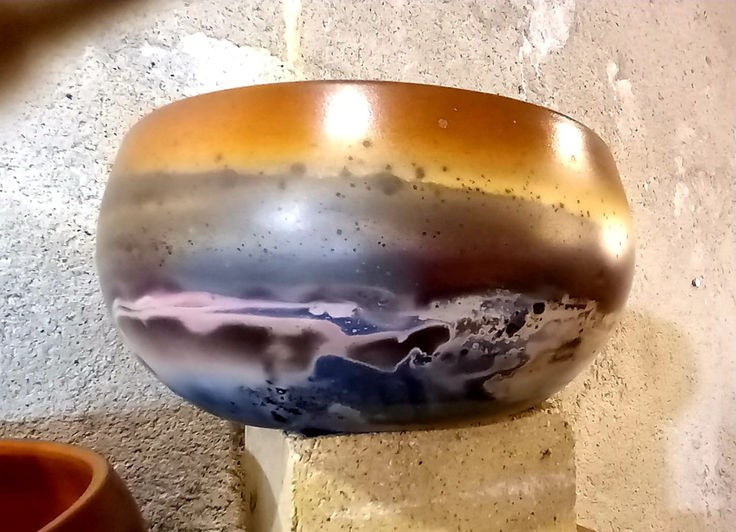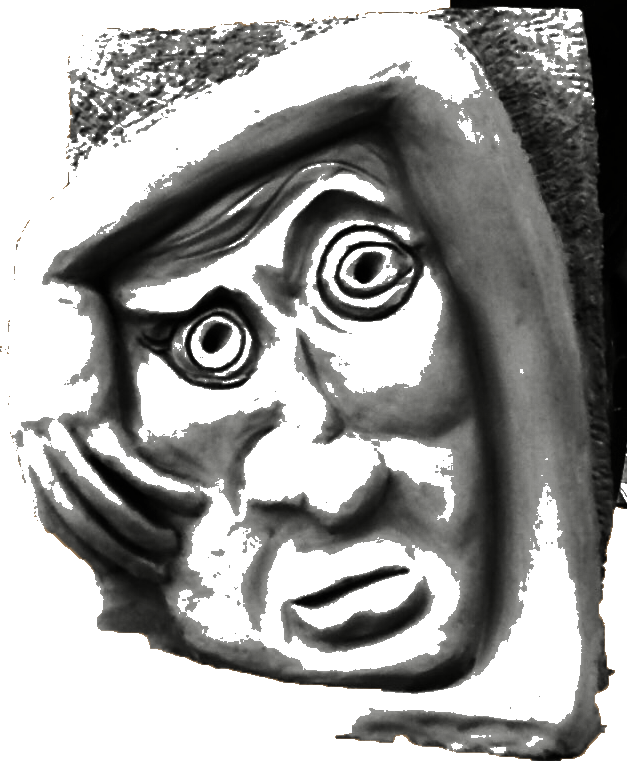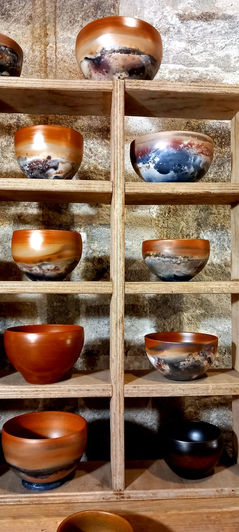Fatal art
L’Art Fatal is the name I’ve chosen for my work using the « Terra Sigillata » method (terra sig).
Roughly translated as « sealed earth », sigillata comes from the latin « sigillum » meaning a small image, the hallmark used to sign the low-relief pottery produced by the Gallo-Romans.
Today the term refers to a specific technique used by the Gauls, the Greeks and the Etruscans, either to decorate, or to obtain a certain impermeability to their pots as enamelware was unknown in these regions at the time.
These days pots are no longer hallmarked in the old way, so the term refers just to the method of applying an engobe which becomes vitrified in the kiln.
The pots (bowls, vases, plates, etc) in stone or earthenware are polished several times during the drying process before the terra sigillata application.
To make the engobe, clay is gleaned from marshes and streams, reduced to a dry powder then decanted using rain or spring water for several weeks. The liquid obtained, which comes from the top layer of the sedimentation jar, contains the finest particles of the clay which can then be applied in several layers to the unfired, dried, polished pots.
At the right firing temperature, this very thin liquid slip obtained will become a coloured, vitrified surface. The particular firing temperature varies depending on the nature of the clay collected and can only be determined by trial and error.
The long and delicate procedure brings me intense satisfaction – making pots from earth, fire and springwater. Pottery using natural sources in warm colours, distinguished by their incredible depth of tone and light.
Every one of my pots using the terra sigillata method is inevitably unique. The method is adapted according to the form and volume of each piece.
My work on terra sigillata has become more of a continual research on naturally-found clay rather than a well-established technique. It’s a life-choice where the unique and the unpredictable take the place of the profitable and the ordinary.


















































